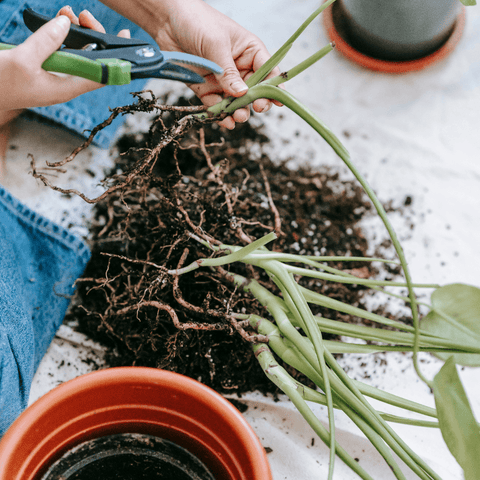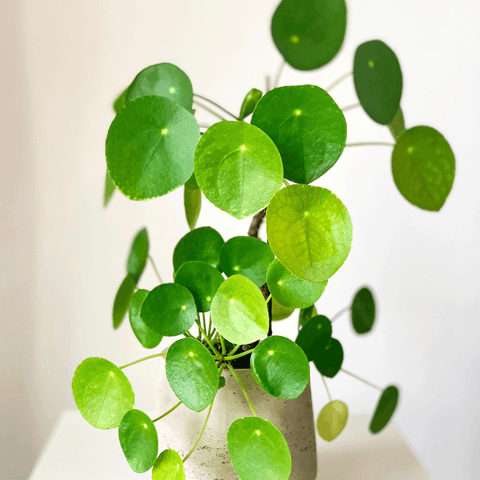Keeping your indoor houseplants well-maintained is essential for their overall health and appearance. Regular trimming promotes healthy growth, maintains shape, and prevents legginess. This comprehensive guide will delve into the best practices for trimming indoor houseplants, providing answers to common questions and expert tips to help you master the art of plant trimming.
Understanding the Importance of Trimming Indoor Houseplants
- Why is trimming necessary for indoor plants?
- Benefits of regular trimming: enhanced growth, improved aesthetics, and pest prevention.
Tools Required for Trimming
- List of essential tools: sharp pruning shears, scissors, or secateurs.
- Importance of using clean and sharp tools to prevent damage and disease.
Best Practices for Trimming Indoor Plants
- Identify the right time to trim: spring or early summer is generally ideal.
- Sanitize your tools before and after each use.
- Observe the plant for signs of distress or disease before trimming.
- Start with small trims and evaluate the plant's response before further pruning.
- Maintain the plant's natural shape and avoid excessive pruning.
- Remove dead, damaged, or yellowing leaves for improved overall appearance.

Where to Cut When Trimming Plants
- Trim just above a node: a point where leaves or buds emerge from the stem.
- Ensure a clean cut to minimize the risk of infection.
- Avoid cutting too close to the node, which may damage new growth.
Trimming Leggy Houseplants
- Identify leggy houseplants: elongated stems, sparse foliage, and reduced overall vigor.
- A step-by-step guide to trimming leggy houseplants:
- Start by locating healthy nodes on the stem.
- Trim the stem just above a node, encouraging branching and new growth.
- Repeat the process throughout the plant, focusing on the leggiest sections.
- Maintain appropriate watering, lighting, and fertilization to support healthy growth.
Aftercare and Maintenance
- Properly dispose of trimmed plant parts to prevent the spread of disease.
- After trimming, keep an eye on the plant for any signs of stress or shock.
- Adjust care routines to meet the plant's needs during the recovery period.
- Regularly monitor the plant's growth and repeat trimming as necessary.
Trimming indoor houseplants is vital for plant enthusiasts looking to maintain healthy and attractive plants. Following the best practices outlined in this guide, you can confidently trim your indoor houseplants, promote healthy growth, and rejuvenate leggy plants. Remember to be patient, observe your plants closely, and adjust your care routine accordingly. Happy trimming, and may your indoor plants thrive in their beautifully pruned form!





Comments (0)
There are no comments for this article. Be the first one to leave a message!